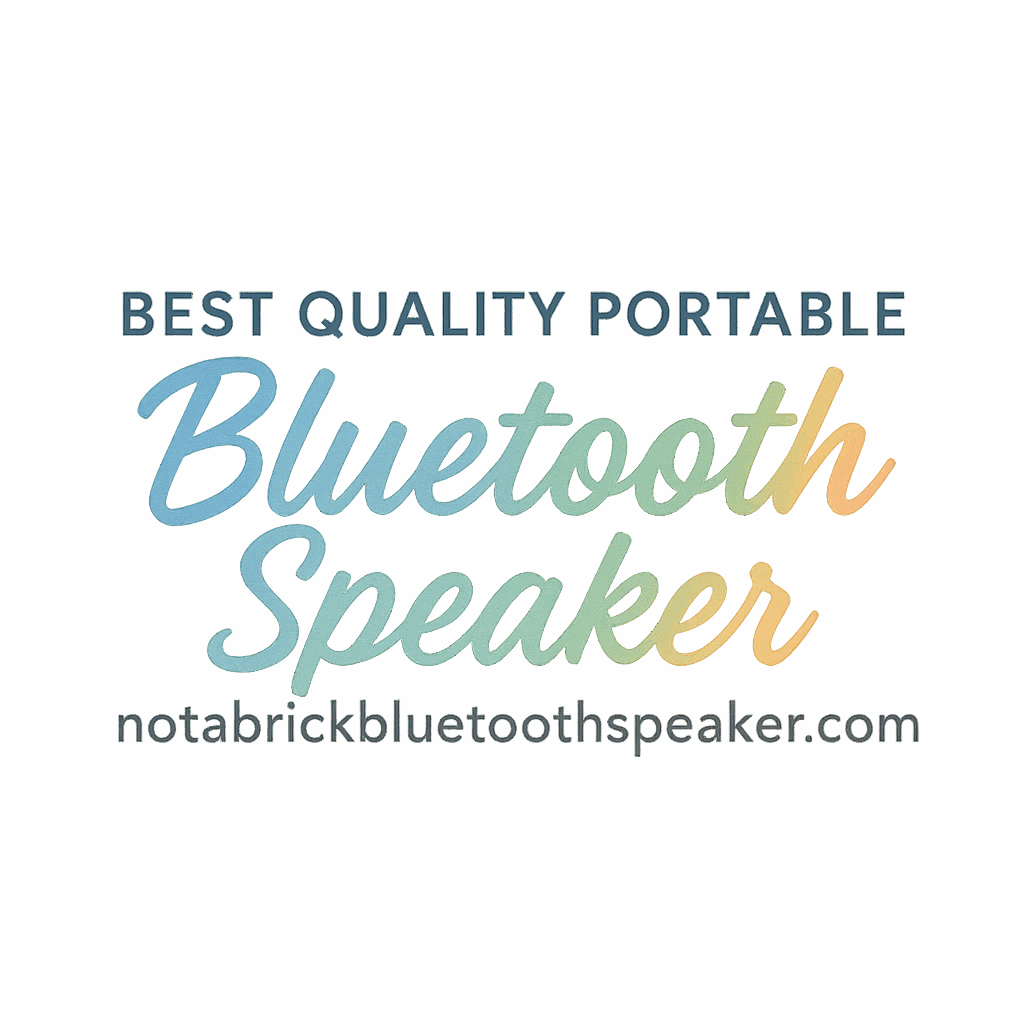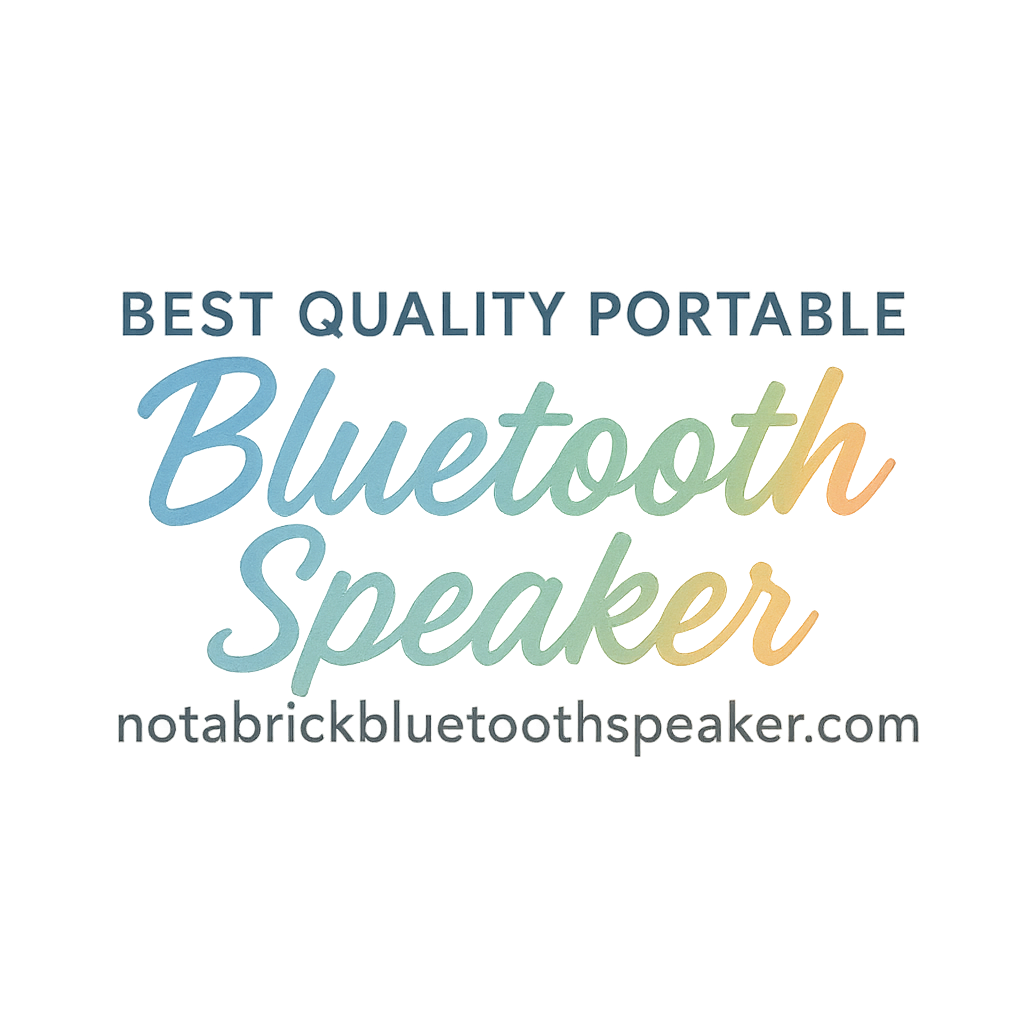When most people think of Bluetooth speakers, they imagine quick and easy wireless music streaming. But did you know that today’s Bluetooth speakers come with a surprising range of connectivity options? If you thought Bluetooth was the beginning and end of the story, buckle up—there’s a lot more under the hood.
Let’s explore the 9 connectivity options found in Bluetooth speakers, how they work, and why they might matter to you.
Introduction
Bluetooth speakers are now more versatile than ever. From camping trips to living room dance-offs, they’ve become an everyday companion. But beyond the usual wireless pairing, these speakers support a variety of connectivity methods to suit different lifestyles, tech setups, and preferences.
Understanding all the connectivity options helps you make a smarter purchase and get the best experience from your speaker. Whether you’re streaming a playlist from your phone, connecting a turntable, or even watching movies with surround sound, there’s an option for you.
If you’re shopping for a new speaker, make sure to check out our buying guides and comparison reviews on Not A Brick Bluetooth Speaker.
1. Bluetooth Wireless Connectivity
What Is Bluetooth?
This one’s the classic—Bluetooth is the go-to wireless connection method for Bluetooth speakers. It uses short-range radio signals to connect your phone, tablet, or laptop to your speaker without any wires.
Advantages of Bluetooth in Speakers
- Simple and fast pairing
- Compatible with nearly every modern device
- Low power usage
- Ideal for portable setups
It’s no wonder this method is so popular—it just works.
Common Bluetooth Versions
- Bluetooth 4.2: Good balance of performance and battery life.
- Bluetooth 5.0 and above: Longer range, faster speeds, and better audio transmission.
- aptX/LDAC support: For higher quality sound over Bluetooth—perfect for audiophiles.
If you’re curious about the best-performing Bluetooth models, browse through our Bluetooth speaker reviews.
2. Wi-Fi Connectivity
Why Wi-Fi Matters in Speakers
Wi-Fi speakers connect to your home network and offer far better audio quality than standard Bluetooth. Unlike Bluetooth, Wi-Fi doesn’t compress audio files as much, resulting in clearer, fuller sound.
Bluetooth vs Wi-Fi in Audio Streaming
- Bluetooth: Convenient, portable, and fast—but may compromise audio quality.
- Wi-Fi: Better for lossless audio and stable multi-room streaming.
Some premium speakers, like Sonos or Bose, include both options for flexibility.
Check out more about speaker technology and sound performance options on our website.
3. NFC (Near Field Communication)
How NFC Works for Quick Pairing
Ever tapped your phone on a speaker and seen it pair instantly? That’s NFC magic. It works over a super short range (usually less than 4 cm) to establish a Bluetooth connection automatically.
NFC-Compatible Devices
Not all devices have NFC, but many Android phones and modern Bluetooth speakers support it.
This option is all about convenience—especially when you’re juggling multiple devices or guests with different phones.
Explore more pairing tips and tricks in our guide library.

4. AUX Input (3.5mm Jack)
The Old-School but Reliable Option
Sometimes, wires are just simpler. The 3.5mm AUX input allows you to connect any device with a headphone jack directly to the speaker.
When to Use AUX Instead of Bluetooth
- When your Bluetooth is glitchy or weak
- For non-Bluetooth devices (MP3 players, older laptops)
- To save battery life on both speaker and device
Want to know how this affects your sound? Head to our audio connection guides.
5. USB Port Connectivity
Playing Directly from Flash Drives
Many Bluetooth speakers come with USB ports that let you plug in a flash drive and play music files directly. This is great for offline listening when you’re camping or avoiding Wi-Fi.
Charging Devices via USB
Some speakers let you charge your phone using the USB port—a handy bonus when you’re out and about.
Explore more on features and specs to see which models support this.
6. SD Card Slot
Standalone Music Playback
This is a hidden gem! An SD card slot lets you play music without needing to connect a phone or computer. Just load up your favorite tracks and pop it in.
Compatible Formats and Sizes
Most speakers support microSD cards and popular formats like MP3 and WAV.
Want this feature? Check our best portable speaker picks for models with SD support.
7. Optical and Coaxial Inputs
Hi-Fi Home Theater Integration
For serious audio setups, these inputs allow you to connect to a TV, game console, or Blu-ray player. They offer less noise and better clarity compared to analog inputs.
Where You’ll Find These Inputs
Typically in larger or home-based speakers rather than travel-friendly models.
Learn more about speaker placement for optimal home theater performance.
8. HDMI ARC/eARC Support
Enhanced TV Speaker Integration
HDMI ARC (Audio Return Channel) or eARC is perfect for connecting your speaker directly to your smart TV. It syncs video and audio better than traditional cables.
HDMI vs Bluetooth for Audio Quality
HDMI wins for:
- Dolby Audio and DTS support
- Zero lag
- One remote control convenience
Curious about setup tips? Check out our usage tips and tricks.
9. Multi-Speaker Pairing Options
Stereo Pairing and Party Mode
Some Bluetooth speakers can pair with others to create:
- Stereo sound (left/right channel separation)
- Party mode (same music from multiple speakers)
This elevates your listening experience dramatically.
Brand-Specific Multi-Pairing Tech
- JBL PartyBoost
- Sony Party Chain
- Bose SimpleSync
For the best pairing experience, read our Bluetooth speaker comparisons.
Choosing the Right Connectivity for Your Needs
Now that you know your options, think about how and where you’ll use your Bluetooth speaker.
| Use Case | Best Connectivity Option |
|---|---|
| On the go | Bluetooth, AUX, SD card |
| At home | Wi-Fi, HDMI, Optical |
| For TV | HDMI ARC/eARC |
| For parties | Multi-speaker pairing |
| Offline listening | USB, SD card |
Still not sure what to choose? Check out our full buying guide.
Conclusion
Bluetooth speakers have come a long way. No longer limited to just wireless pairing, they now support a range of connectivity options to meet your every audio need. From the simplicity of AUX cords to the high-fidelity of HDMI and Wi-Fi, there’s a connection for everyone.
Whether you’re looking for superior sound, offline playback, or multi-device support, understanding these features puts the power in your hands. Choose a speaker that matches your lifestyle, and your music will always sound its best.
And don’t forget to browse Not A Brick Bluetooth Speaker for more expert tips, comparisons, and deep-dive reviews!
FAQs
1. Can I use both Bluetooth and Wi-Fi on the same speaker?
Yes, many modern speakers support dual connectivity, allowing you to choose based on your situation.
2. What’s the difference between AUX and Optical input?
AUX is analog while optical is digital, offering clearer and higher-fidelity sound.
3. Do all Bluetooth speakers come with a USB port?
No, but many mid-to-high-end models include it for charging or playback.
4. Is NFC necessary in a Bluetooth speaker?
Not essential, but it’s a super convenient way to pair quickly.
5. Can SD cards hold high-resolution audio?
Yes, if your speaker supports formats like FLAC or WAV and has enough processing power.
6. What’s the benefit of HDMI ARC over regular HDMI?
ARC lets audio travel both ways, reducing the number of cables needed between your speaker and TV.
7. Can I pair different brands of Bluetooth speakers together?
Usually not. Multi-pairing features are brand-specific, so stick with the same brand for best results.


